Cold Chain Logistics: Management Challenges & Solutions
The supply chain is a term used to describe all the components required to transport goods from beginning to end, from production to the end...
-Aug-10-2022-04-17-50-12-PM.png)
Cart conversion is a pivotal metric for any eCommerce seller to track. It is calculated as the percentage of customers that complete an order after visiting the shopping cart. The higher the percentage, the better.
The goal is to have an effective cart experience for your customer. That goal is measured with cart conversion. Companies like BUKU and Ampry specialize in helping their clients raise their overall cart conversion and better the customer experience. Here are a few tips to increasing cart conversion:
Cart abandonment is when a possible consumer leaves the page before purchasing something. More specifically when they add an item to the cart and leave it there. Although every brand would like to discourage cart abandonment, not all know how to. There are key messaging tactics that are proven to statistically increase the number of customers arriving at or returning to their cart.
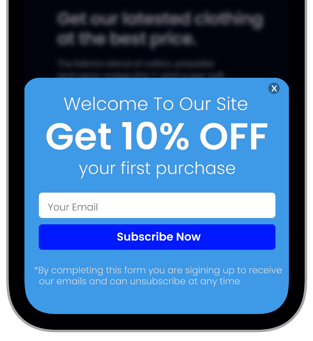
For starters, you can use pop-ups with countdown timers to increase urgency by encouraging shoppers to complete their purchases. Countdown times motivates your customers to make that purchase as soon as they can. In addition, customers are more likely to complete their transactions when they see that their discount is only valid for a limited time.
We recommend showing these pop-ups when someone attempts to leave your site with something in their cart.
Sometimes, it’s as simple as reminding them what a great offer they’ve got: “This won’t last forever, but here’s what you can do now…”
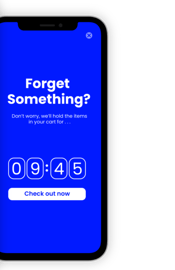
You can take your cart abandonment strategy to the next level by displaying a popup or notification to returning visitors that still have something in their cart. Inviting them to pick up where they left off. This works more often than you might expect!
Interested in seeing a custom pop-up for your brand? Click here
Shipping is often a major pain point for end consumers. Lack of transparency and options can cause a bad customer shipping experience. Ending in increased cart abandonment.
Instead of just offering a single lane, expand your options with various arrival speeds. Offering expedited lanes gives your customer the power of choice. This gives them the option to pay more in order to get it sooner. This greatly increases the overall cart experience.
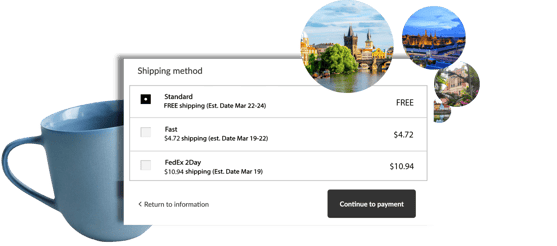
And by displaying arrival dates you give the customer the transparency they’re expecting.
Shipping internationally can give you the upper hand against competitors. But there are certain things that can cause confusion and frustration for customers. International shipping is typically more expensive and complicated.
Reduce this confusion for your international customers by accurately calculating and displaying all duties and taxes in the shopping cart. This gives the customer insight into which costs are covered. As well as peace of mind knowing that they won’t see any charges later on.
If you are worried about offering DDP and increasing the price that displays to customers, talk to BUKU to see success stories of companies that offer both DDU and DDP lanes in their international carts.
These are a few of the many changes you can make with shipping that will help cart conversion.
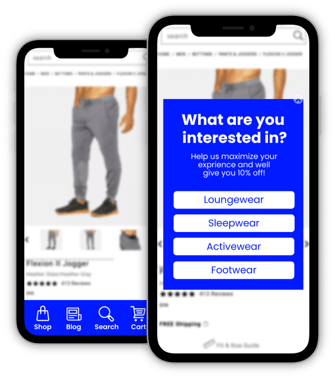
A major reason why users leave your site without buying is because they don’t think you have what they are looking for. A great way to remedy that is to show personalized product recommendations early in the buyer journey to get them quickly to relevant pages.
One way to implement this would be a welcome popup or notification that asks the visitor what brought them to the store. A skin care brand for example could ask, “What are your skin care goals?” and then provide the options, “Erase fine lines”, “Promote a healthy glow”, and “Minimize sunspots”. The user would then be shown products that correspond to the answer they gave.
You’ll increase the chance that your visitors make a purchase when you show them the type of products they came for.
Increasing AOV (Average Order Value) lets you increase your revenue from people who’ve already decided to buy. With a few simple tricks, they’ll buy more each time they check out from their store. It takes much less effort to convince someone to buy more than to buy in the first place.
Group products that commonly sell together or those that go well together in bundles. It’ll motivate customers planning to buy part of the set to buy a complete set, thus improving your AOV.
Also, you can offer discounts for buying more than one of the same product. As a result, your customers may see the savings that come with purchasing bulk options, enticing them to add more products to their cart, ultimately increasing you’re AOV.
Another effective strategy is offering, and correctly advertising, free shipping if someone buys a certain amount of product. It’s recommended that you set your free shipping threshold at about 20% more than your current AOV to encourage customers to add more to their cart.
To implement this tactic successfully make sure to display that minimum value in several spaces. You want your customer to be aware that they can save by spending and incentives them to continue adding to their cart. A great way to do this is with a banner that advertises the free shipping threshold – this is also a terrific way to split test what threshold is best for your brand.
Conclusion
There are many steps you can take today to increase your cart conversion. By applying these tips your sales, customer satisfaction and brand loyalty will all increase as well if done correctly. It’s simple and easy to start working with companies like BUKU and Ampry whose sole purpose is to grow your brand with you. They have the tools necessary to drastically improve your brands performance and savings.

The supply chain is a term used to describe all the components required to transport goods from beginning to end, from production to the end...
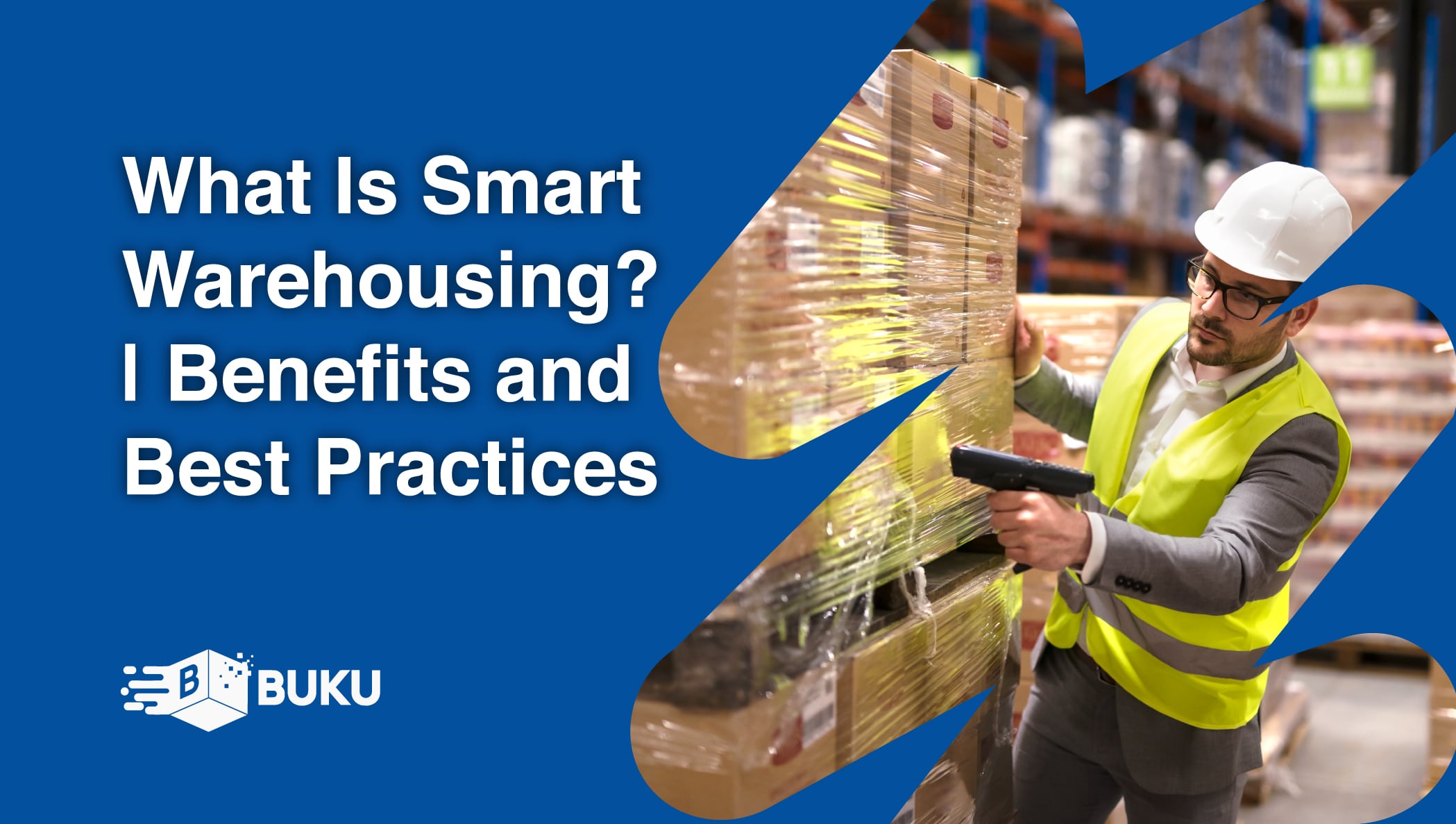
A smart warehouse is a large building where raw materials and other consumer goods are stored using machines, computers, comprehensive software, and...
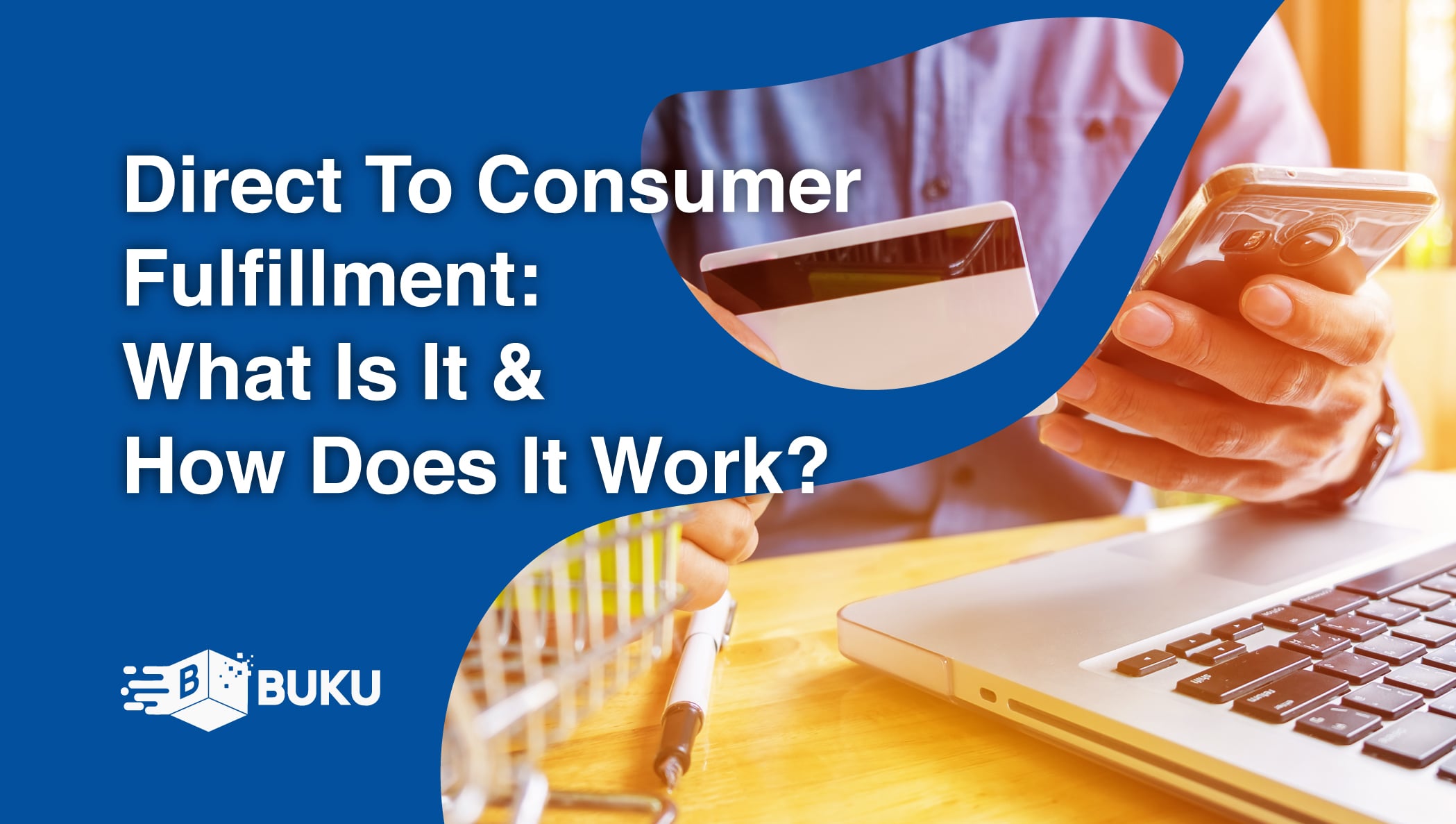
Direct-to-consumer (DTC) fulfillment is a strategy that helps brands sell and deliver their products directly to customers more efficiently while...